Meta Quest 3S review: 5 features of the new, cheaper VR headset tested and rated
A great entry point into the world of virtual and augmented reality, the Meta Quest 3S makes VR more accessible than ever before.

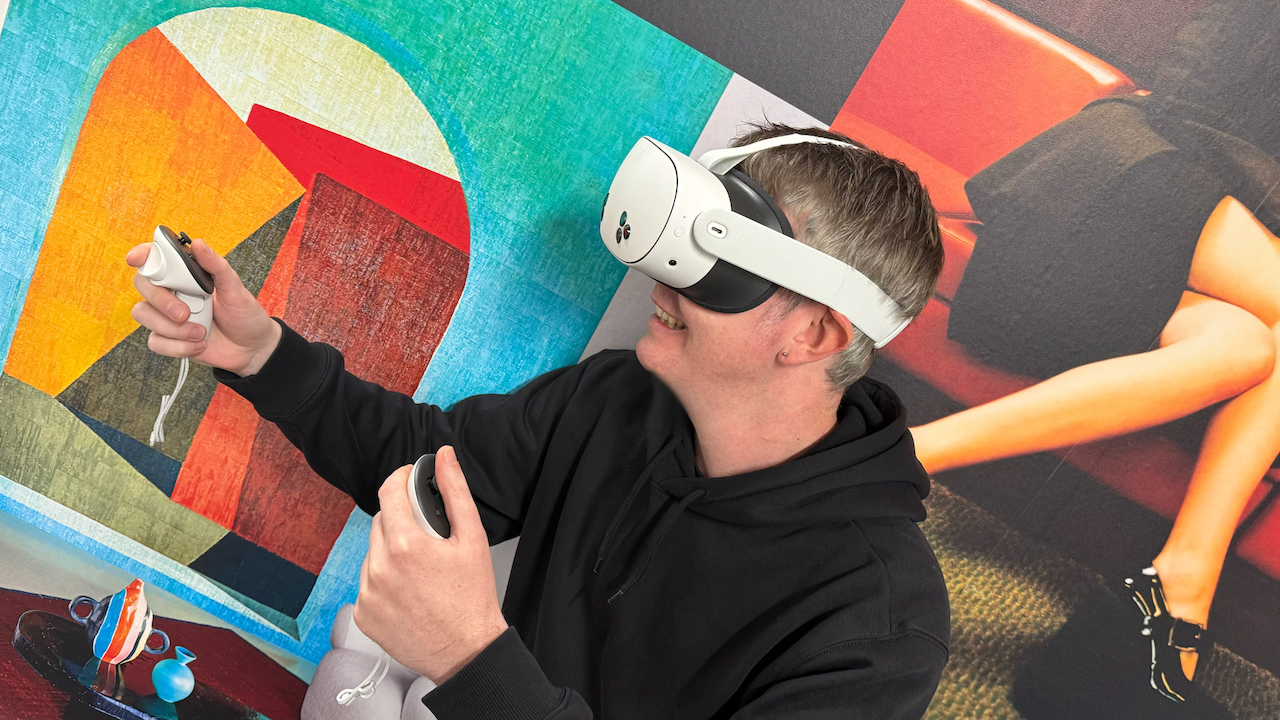
If the thought of entering an immersive digital world via a virtual reality headset has appealed to you in the past — but the price tag has threatened to burn a very real hole in your pocket — there’s finally a device to satisfy your curiosity
The Meta Quest 3S, an affordable alternative to Mark Zuckerberg’s class-leading Meta Quest 3 headset is now hitting stores, offering a superb entry point to the world of virtual, augmented and mixed reality experiences, without the burden of a gigantic price tag attached.
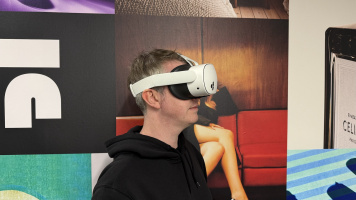
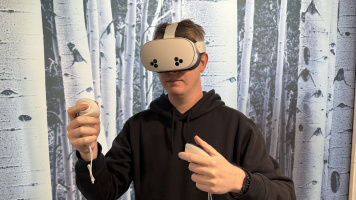
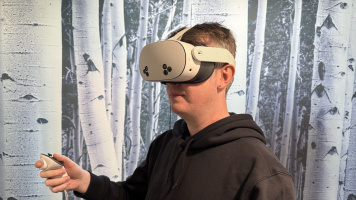
Despite its relatively-budget-friendly cost, the Meta Quest 3S doesn’t skimp on the sorts of immersive experiences that virtual and augmented reality devices offer, building on three generations of mobile VR hardware knowledge that the team at Meta has cultivated. Pop it over your head and the virtual and real worlds meld together in hundreds of apps, from big screen cinema experiences to games that put you literally into the heart of the action.
Now, with a few days’ worth of testing time with the Meta Quest 3S under our belt, we’re now ready to share our hands-on opinions of the new headset. Read on for our revised commentary of this excellent, affordable device.
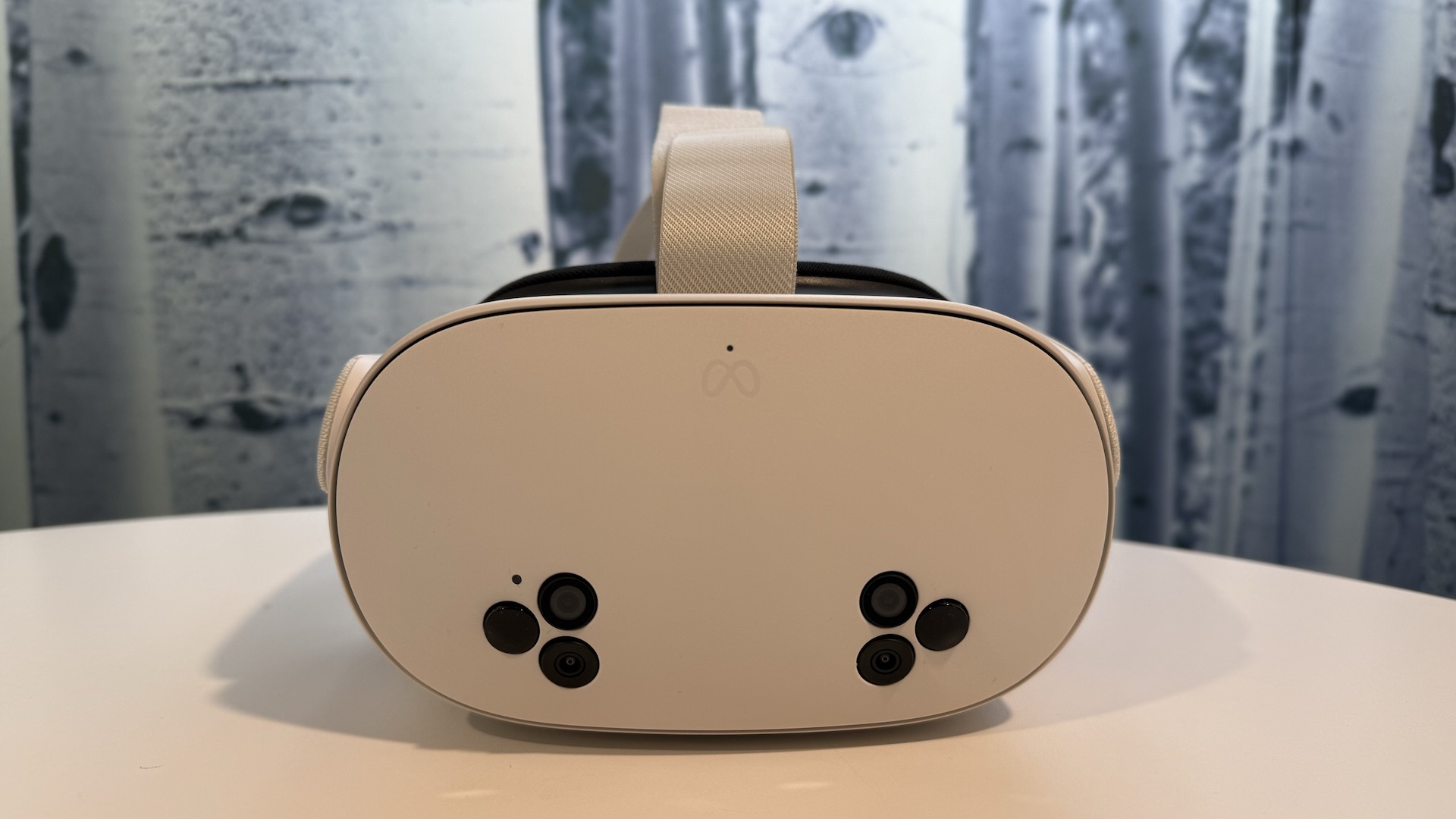
1. Quest 3 performance at a fraction of the price
The Meta Quest 3S starts at £289.99 / $299.99 for 128GB storage, going up to £379.99 / $399.99 for 256GB of storage. That’s significantly cheaper than the Meta Quest 3 (now at a £469.99 / $499.99 RRP after a permanent £150 / $150 price cut), which now ships with 512GB as standard. The 128GB Meta Quest 3 is discontinued, with the launch of the Meta Quest 3S taking up the entry slot in terms of storage capacity.
You’re not getting a dramatically lesser experience for the price. Meta Quest 3S may have a lower resolution (1832 x 1920) compared to the Meta Quest 3 (2064 x 2208), but it crucially does have the same Snapdragon XR2 Gen2 chip that powers the top-tier model. That means 2x the graphics performance capability against the last-gen Meta Quest 2, delivering silky smooth AAA game play and mixed reality features.
Though the headset is marginally chunkier than the Meta Quest 3 in terms of its front gasket, it’s almost identical in weight. I’d argue the Meta Quest 3 has a better weight distribution than that of the 3S, with the newer model’s weight leaning a little more heavily on the front of your face. But it wasn’t significant, and I was able to use both headsets for a good length of time without fatigue.
Get exclusive shortlists, celebrity interviews and the best deals on the products you care about, straight to your inbox.
What will be more noticeable for anyone experienced with the preceding Quest 3 headset is the downgrade in resolution quality — there’s no competition when it comes down to the Quest 3’s sharper displays and the Quest 3S’s lower resolution screens. Also, while the Quest 3 offers a dial for fine-tuning interpupillary distance (IDP, the distance between the centres of your eyes for ensuring the most clear picture possible), the Quest 3S can only be set at three defined IDP points, adjusted by physically shifting the lenses in the gasket.
Your previous VR experience will make the crucial difference in terms of visual expectations — the Quest 3S offers a similar visual experience to that of the Quest 2, which remains even today a relative marvel to behold. When you’re in the heart of a VR adventure, surrounded by digital expanses not present in the real world, it’s still incredibly easy to be immersed in what the headset projects. It may be hard to go back for Quest 3 veterans — but that’s an audience that the Quest 3S isn’t aimed at. VR newbies will still be wowed by what the Quest 3S delivers and, in terms of loading times and the overall smoothness of its interface and operation, the Snapdragon chip onboard allows for a like-for-like experience with the top-tier Quest 3.
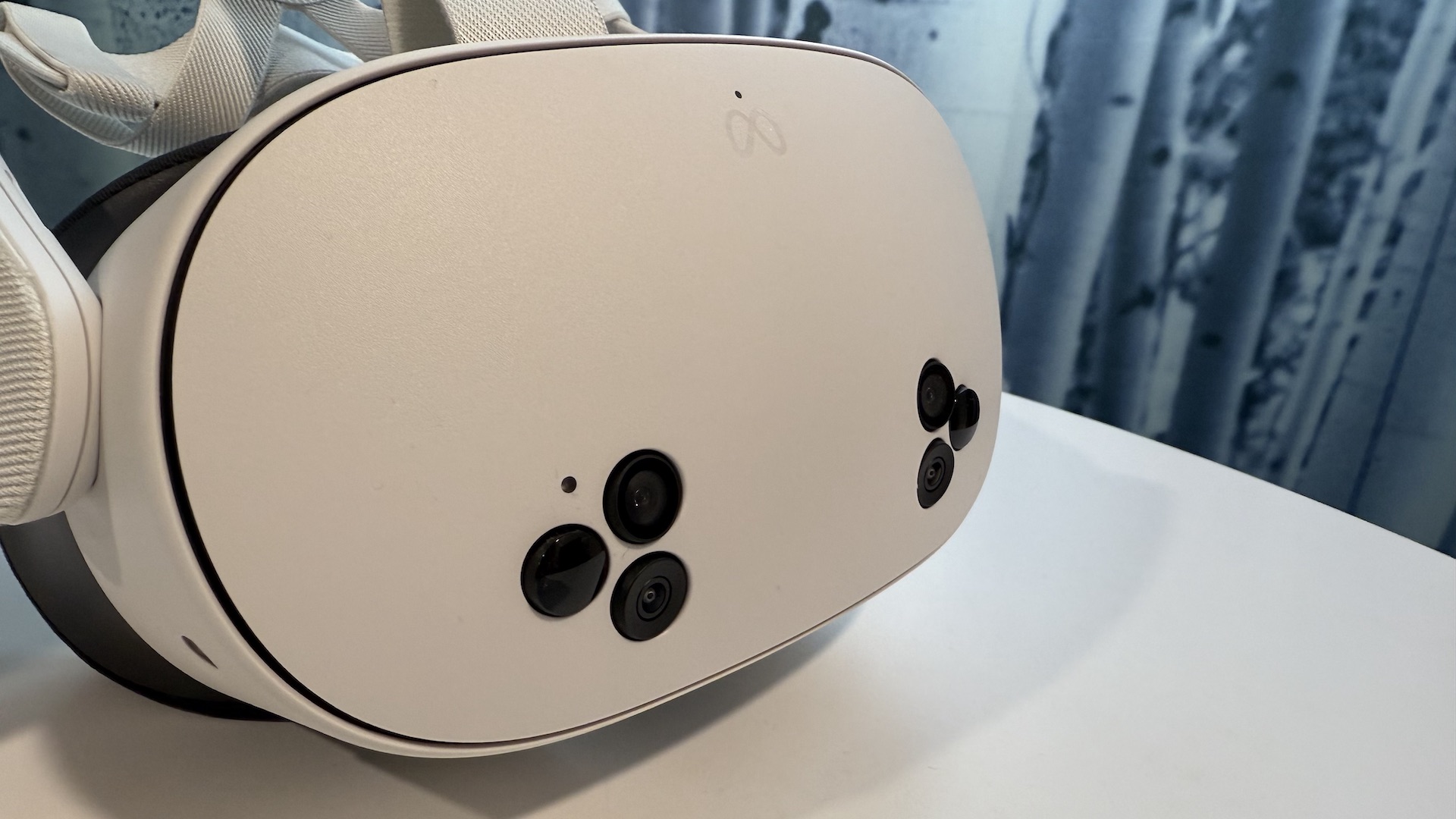
2. A new camera array and excellent spatial mapping
The Meta Quest 3S makes use of a revised camera array on its frontispiece that, in our books, makes it a better-looking device than the Meta Quest 3. Whereas the Quest 3 has three vertical configurations of cameras and sensors on its front, the Quest 3S groups 6 circular camera sensors across its face. They almost look like alien eyes, giving the device a cool sci-fi feel.
What they can do, rather than how they look, is the really important thing though. In each grouping you’ll find two RGB sensors that create the colour stereoscopic passthrough view that lets you see your surroundings in real time through the headset, four VGA sensors for tracking movements in 3D space (plus the position of your hands and controllers), and two Flood LEDs that allow for consistent tracking no matter the lighting and environment you’re using the headset in. The only downgrade from the Quest 3 is a lack of a depth sensor, which may affect tracking in experiences where very fine interactions are required.
The collected sensors and cameras allow for superb spatial mapping, making for a far less claustrophobic experience than previous VR headsets (Meta or otherwise) have been able to provide. At set up (or whenever you decide to move your VR play area to another location), you’re tasked with mapping your immediate surroundings. Like the Quest 3 before it, the Quest 3S accurately identifies the boundaries of your room, overlaying a Tron-like grid on your surroundings, and is even capable of identifying specific items of furniture. Paired with colour passthrough — the onboard cameras presenting you with a view of your actual room via the internal screens — you’re then able to easily navigate your actual surroundings without having to remove the headset. Furthermore, the headset can use this spatial data in apps to glorious effect – whether that’s opening up your bedroom ceiling to reveal the stars, or sneakily hiding ghosts in the corners of your kitchen.
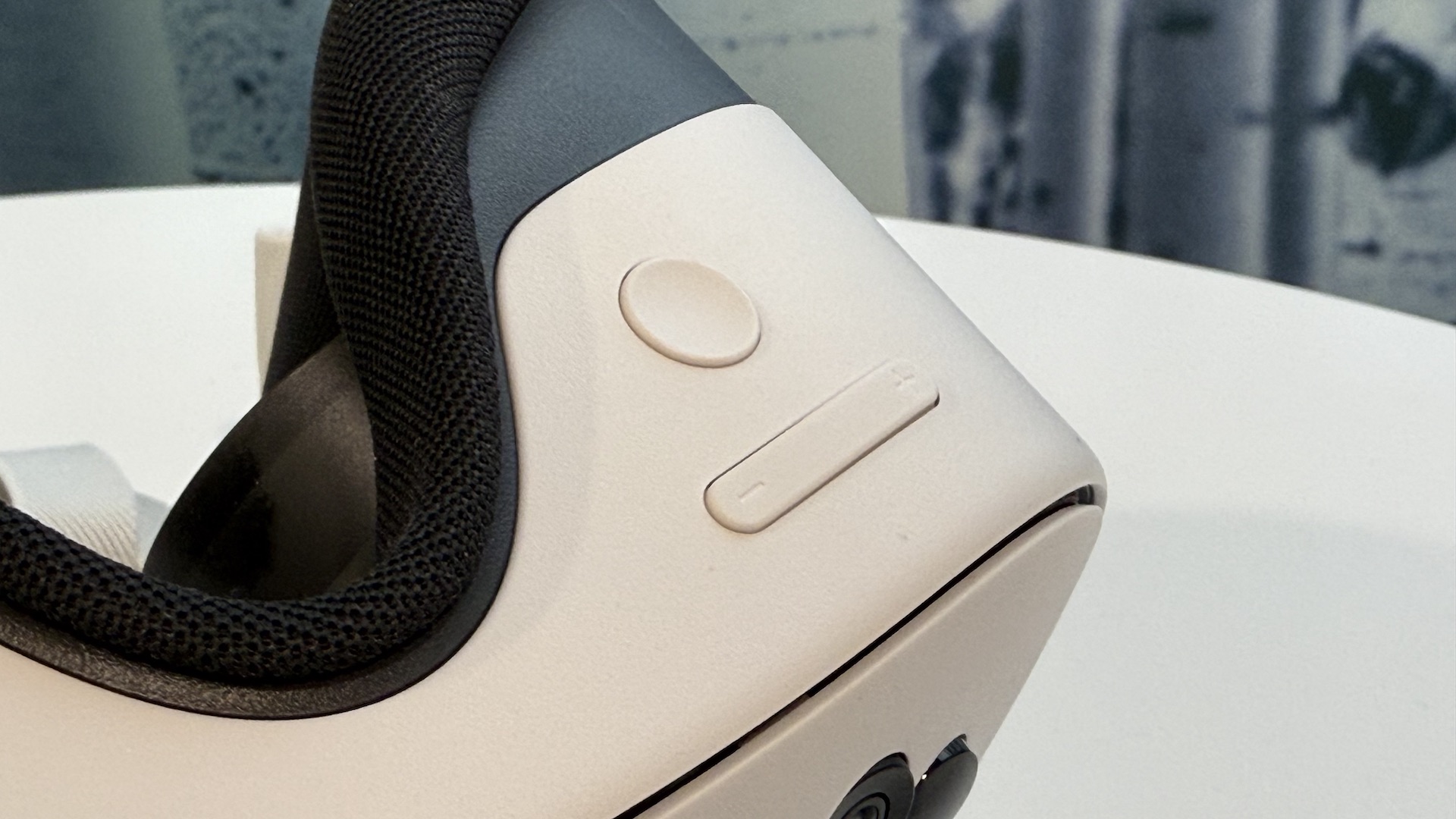
3. A very handy Action button — but the same uncomfortable strap
Here’s something that even the Quest 3 doesn’t have — the Quest 3S has a physical button that’s dedicated to switching between full, immersive VR environments and a passthrough mixed-reality view of your surroundings, on the fly. Though the Quest 3 can swap between these views with a software toggle, this hardware button is a very convenient, speedy way to jump between the two views. That’ll be great for quickly answering a doorbell or grabbing your phone if you’re otherwise immersed in a virtual world, and with the quality of the passthrough effect noted above being so pronounced, it makes for a far more comfortable experience overall.
What’s still lacking though is the comfort of the strap the Quest 3S ships with. It’s the same as the default one that ships with the Quest 3, and uses elasticated fabric bands and velcro straps to secure the headset to your face. It does its best to help distribute weight, but it’s clumsy to adjust finely, and still ultimately leaves the weight pulling forwards on your head. There are many third-party alternatives that can be attached to the Quest 3 and Quest 3S, with additional padding and weight-distribution methods (some even include additional battery life), and those that get really into the VR lifestyle will want to eventually invest in one — Meta offers a pretty good one itself, and I’d hope it eventually becomes the standard strap, even at the expense of a lower price tag.
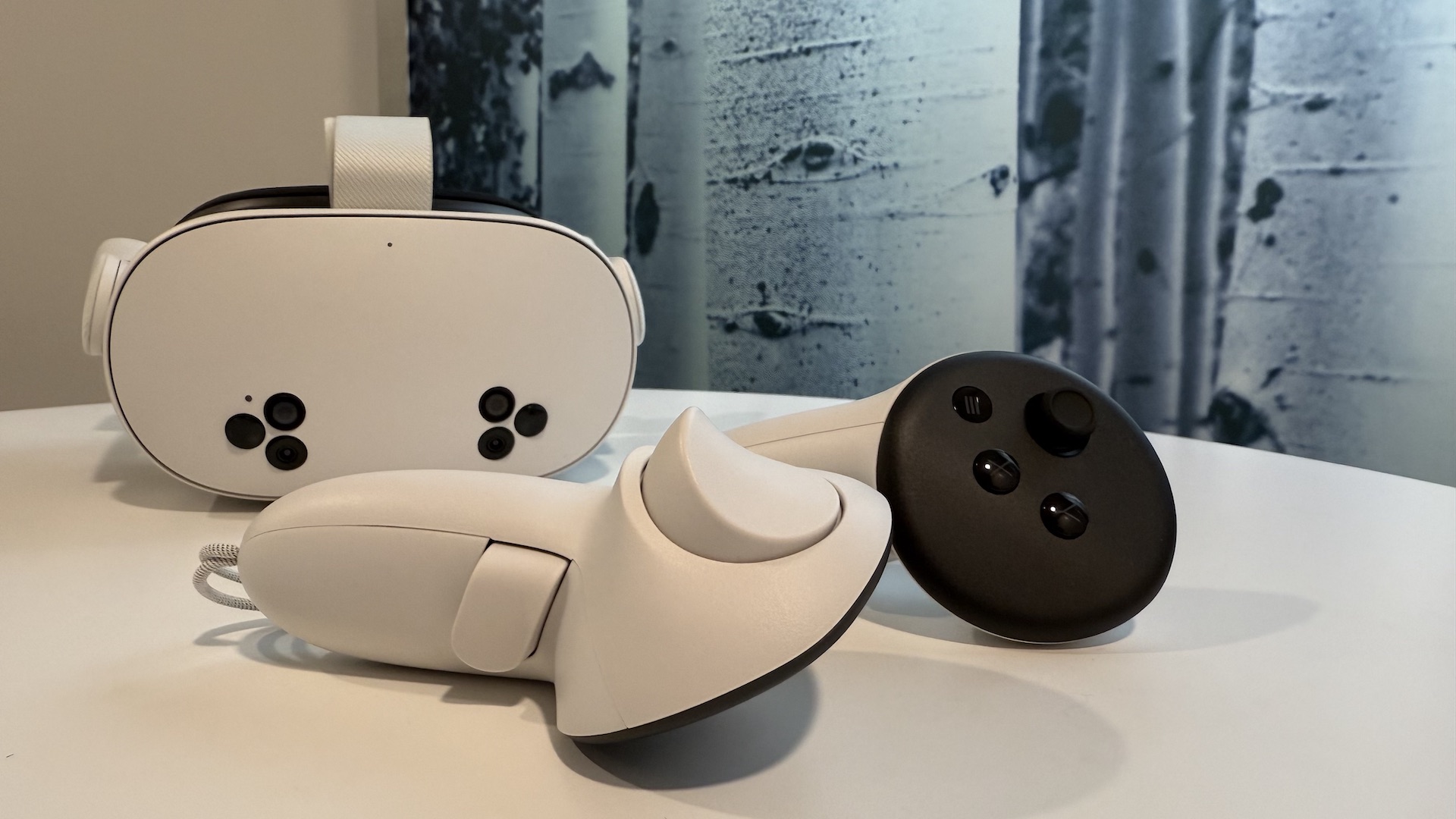
4. Advanced hand-tracking
Meta Quest 3S comes with the same ace Touch Plus controllers as the Meta Quest 3, with excellent tracking and haptic feedback for interacting with virtual environments and applications. But if you’re not comfortable with pads… you can just use your pinkies instead.
Like the Meta Quest 3, the Quest 3S can be easily controlled with intuitive hand-tracking controls, completely free from the accompanying hardware controllers. Pinch, grab and swipe your way through the interfaces, and the Quest 3S can easily interpret your intentions. Though many games still require controllers to play, a growing number of titles will happily let you play completely hands-free, too. The differences in external cameras and sensors between the Quest 3 and Quest 3S made for little notable difference in terms of the quality of the hand tracking, thankfully.
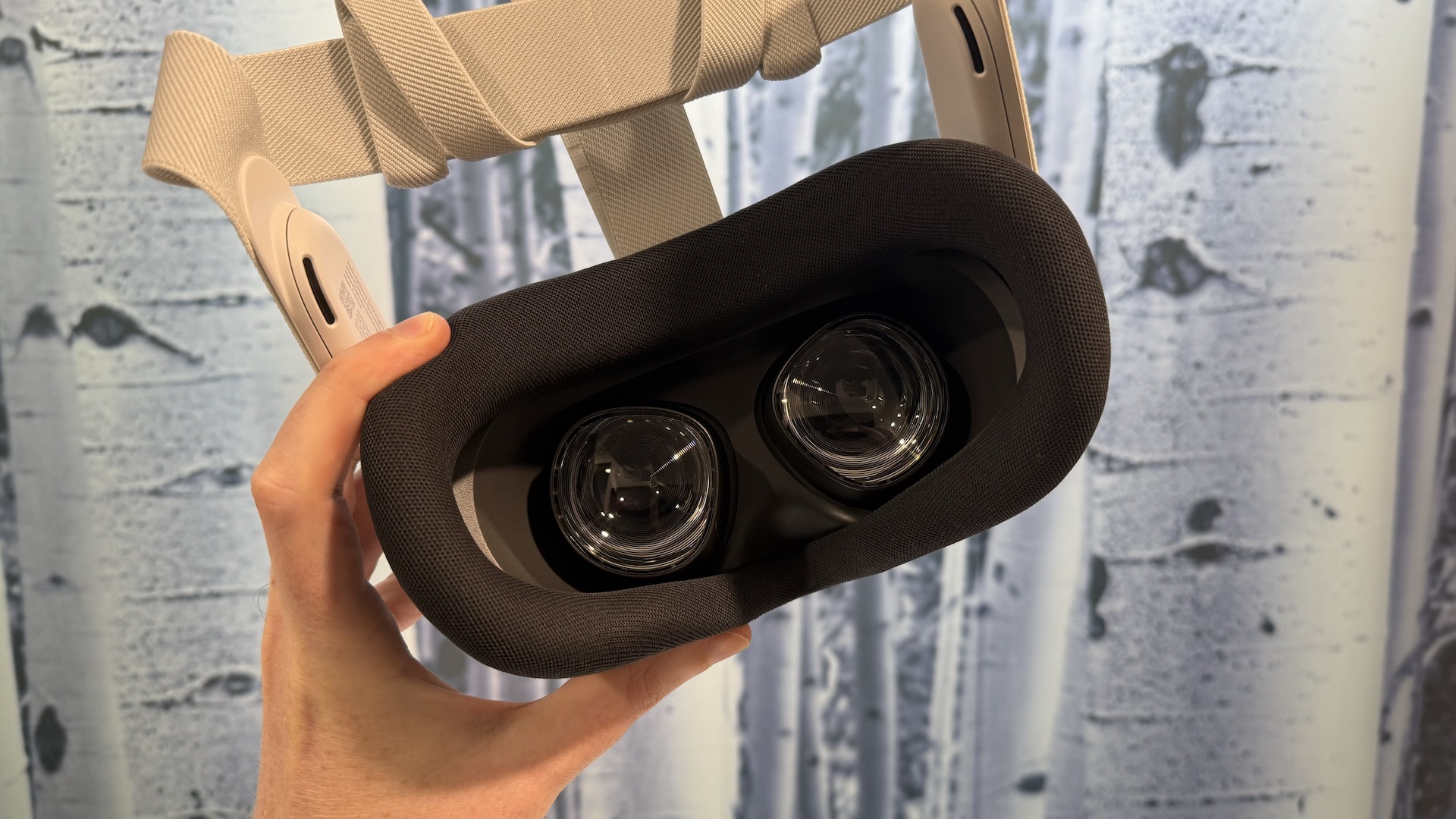
5. Better battery life
Here’s another spec where the Quest 3S surprisingly has the Quest 3 beat. You’ll get around two and a half hours of playtime per charge out of the Quest 3S’s battery, while the Quest 3 gets just over three hours on average. We’re guessing that’s down to the processing needs of the higher resolution Quest 3 displays and depth sensor — but anything that lets you stay immersed in a digital world without reaching for a charger quite so often is a win in our books. That’s also roughly an hour more than you’d get with the last-gen Quest 2, too. Meta’s estimates in this regard rang true in our testing.
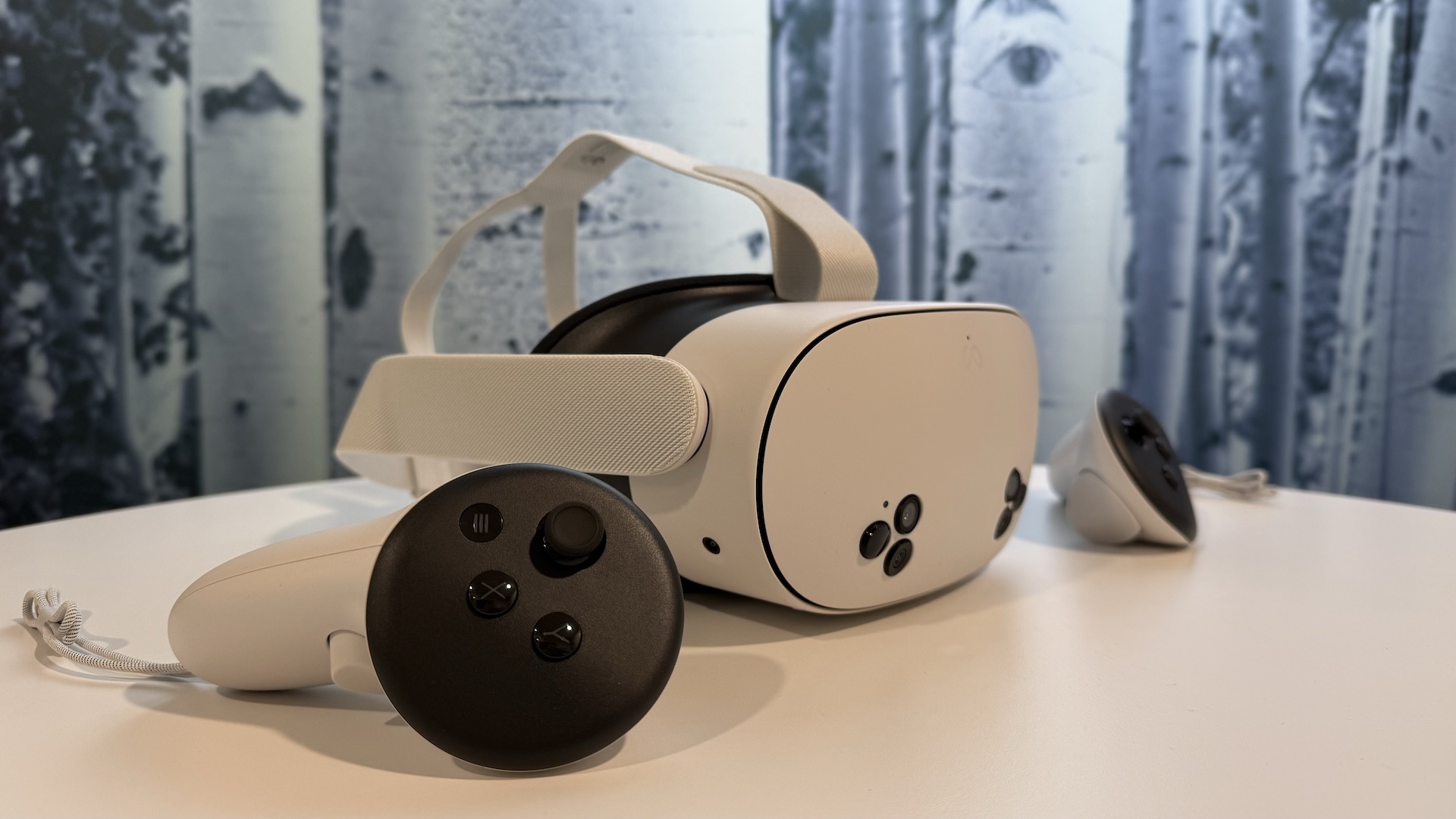
Meta Quest 3S: Final verdict
I’ve been testing VR headsets for years now, long before Meta bought the Oculus brand and rolled all its tech into its Quest line. I think it’s now safe to say this is the best time ever to get onboard the virtual reality hype train — even if it’s been slow to leave the station.
The Meta Quest 3S is an excellent achievement – to offer such a polished VR experience without breaking the bank should be commended. Feature-rich, as comfortable as practically any VR headset before it, and now with several years of software to enjoy with it, a newbie to the format experiencing VR for the first time will be able to jump into an ecosystem that’s had many of its teething problems ironed out or smoothed over.
The catalogue of exclusive games and apps available to Meta Quest users is now also very sizeable, and backed up by a Meta Quest+ subscription service that lets you get a taste of a wide variety of apps at a low monthly cost, too. Factor in big-budget upcoming releases, including a brand new and exclusive entry in the Batman: Arkham series of games, and you’ve an exclusive catalogue that genuinely now deserves to be talked about in the same gaming circles as that of PlayStation and Xbox. That’s before considering the more practical educational, communicational and professional applications that VR and AR software can provide — it’s not impossible to do a full day of office tasks in VR, as un-sexy as that may be.
That the Meta Quest 3S can let the VR-curious give this a go without having to remortgage their houses will only help the wider growth of an exciting medium. While VR diehards will already be happily set with the Quest 3 headset, everyone else could do a hell of a lot worse than rolling the dice on the Meta Quest 3S.
- Want to know more about the top-tier model? Read our full Meta Quest 3 review

Gerald Lynch is the Editor-in-Chief of Shortlist, keeping careful watch over the site's editorial output and social channels. He's happiest in the front row of a gig for a band you've never heard of, watching 35mm cinema re-runs of classic sci-fi flicks, or propping up a bar with an old fashioned in one hand and a Game Boy in the other.